When it is time to choose new flooring for your home, you may be tempted to go with lesser-known brands because of the lower prices. While it is true that name brand flooring is likely to carry a higher price tag, there are reasons for that higher price tag.
 Here are some of the benefits of choosing a name brand floor to help you see that you really do get what you pay for.
Here are some of the benefits of choosing a name brand floor to help you see that you really do get what you pay for.
- When you buy name brand flooring, you can expect a much better warranty than what you might find with lesser-known brands. Major companies can afford to offer better warranties because they have the reputation to back them up.
- Speaking of reputation, when you go with name brands, you can count on their strong reputations of quality, durability, and craftsmanship. With lesser-known brands, you may not know what you are buying until you actually buy it.
- With name brand flooring, you will have a much larger selection of products. If you are searching for a particular pattern or style, the well-known brands are more likely to have what you want.
- If you want flooring that is manufactured utilizing the latest in technology and materials, the name brand companies are the place to go. These bigger, well-known companies have the financial ability to utilize only the latest in technology and materials.
Lesser-known flooring may have the advantage of a lower price tag, but when it comes to your flooring, you cannot afford to cut corners. If you opt for a lower price now, you may find yourself spending more money in the near future to replace the lower quality flooring again and again.
Give yourself the peace of mind of knowing that your flooring is of the highest quality by shopping the name brands now – you will likely save money in the long run!

For all of your Denver Hardwood Flooring needs visit our site today.
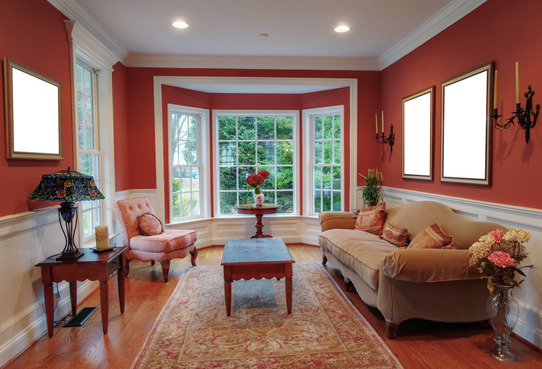 Are part of your decorating plans to include an Oriental Rug? Great investment choice. But before you find the perfect design for you, here is what you’ll need to know over the life of your rug.
Are part of your decorating plans to include an Oriental Rug? Great investment choice. But before you find the perfect design for you, here is what you’ll need to know over the life of your rug. Parquet flooring is made up of wood pieces that are joined together to create a mosaic-like effect. Original parquet flooring was made from blocks of different wood. It was laid over tie bars in patterns and nailed into place. This type of flooring became very popular among the wealthy in the 1700s. It sometimes replaced a patterned marble floor, and it was useful because it did not trap moisture or encourage rotting joists.
Parquet flooring is made up of wood pieces that are joined together to create a mosaic-like effect. Original parquet flooring was made from blocks of different wood. It was laid over tie bars in patterns and nailed into place. This type of flooring became very popular among the wealthy in the 1700s. It sometimes replaced a patterned marble floor, and it was useful because it did not trap moisture or encourage rotting joists.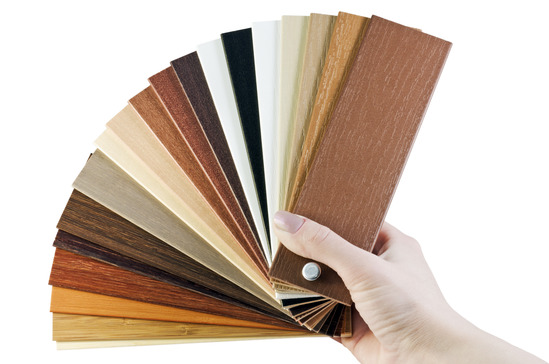 The differences start during the manufacturing process.
The differences start during the manufacturing process. Carpeting comes in roll format. When a customer purchases carpeting in large quantities, one or multiple rolls of carpeting may be used. Yet in many cases there will be leftover carpeting that stretches beyond what the customer purchases. Because its not enough to cover an entire home, it goes back into stock as a carpet remnants and in many cases is the perfect size for smaller areas of your home. Because they can’t be used for large projects or sold to cover your entire home, they are also sold at a discounted price.
Carpeting comes in roll format. When a customer purchases carpeting in large quantities, one or multiple rolls of carpeting may be used. Yet in many cases there will be leftover carpeting that stretches beyond what the customer purchases. Because its not enough to cover an entire home, it goes back into stock as a carpet remnants and in many cases is the perfect size for smaller areas of your home. Because they can’t be used for large projects or sold to cover your entire home, they are also sold at a discounted price. It all comes down to proper transitioning of one floor into another. And there are ways you can do it and make it aesthetically appealing as well.
It all comes down to proper transitioning of one floor into another. And there are ways you can do it and make it aesthetically appealing as well.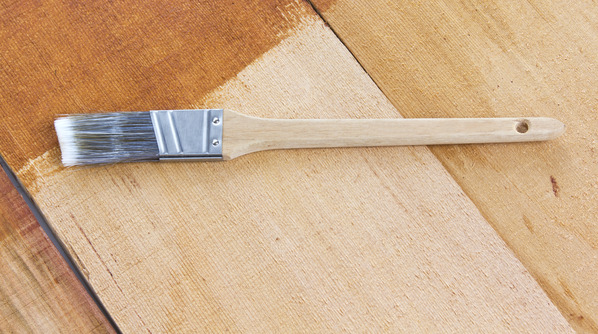 Before you start stressing over patterns and colors for your kitchen floor, you need to make one basic decision – light or dark. Once you make that decision, the rest will fall into place.
Before you start stressing over patterns and colors for your kitchen floor, you need to make one basic decision – light or dark. Once you make that decision, the rest will fall into place. reparation beforehand will be necessary for you to get the kitchen floor of your dreams promptly. Whether you intend to make it a DIY project or hire a contractor, this step of the process will be vital.
reparation beforehand will be necessary for you to get the kitchen floor of your dreams promptly. Whether you intend to make it a DIY project or hire a contractor, this step of the process will be vital.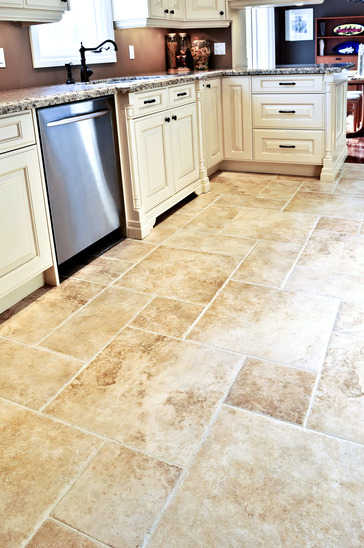 Flooring Types
Flooring Types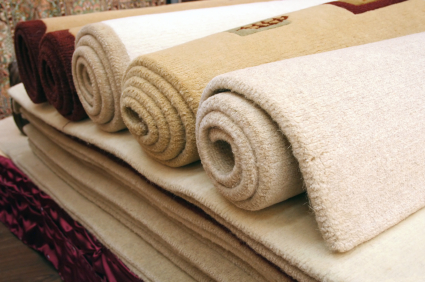 It is possible to pick a floor color that adds style and expands your room. Here are some things you should consider when choosing the best flooring color for you:
It is possible to pick a floor color that adds style and expands your room. Here are some things you should consider when choosing the best flooring color for you: